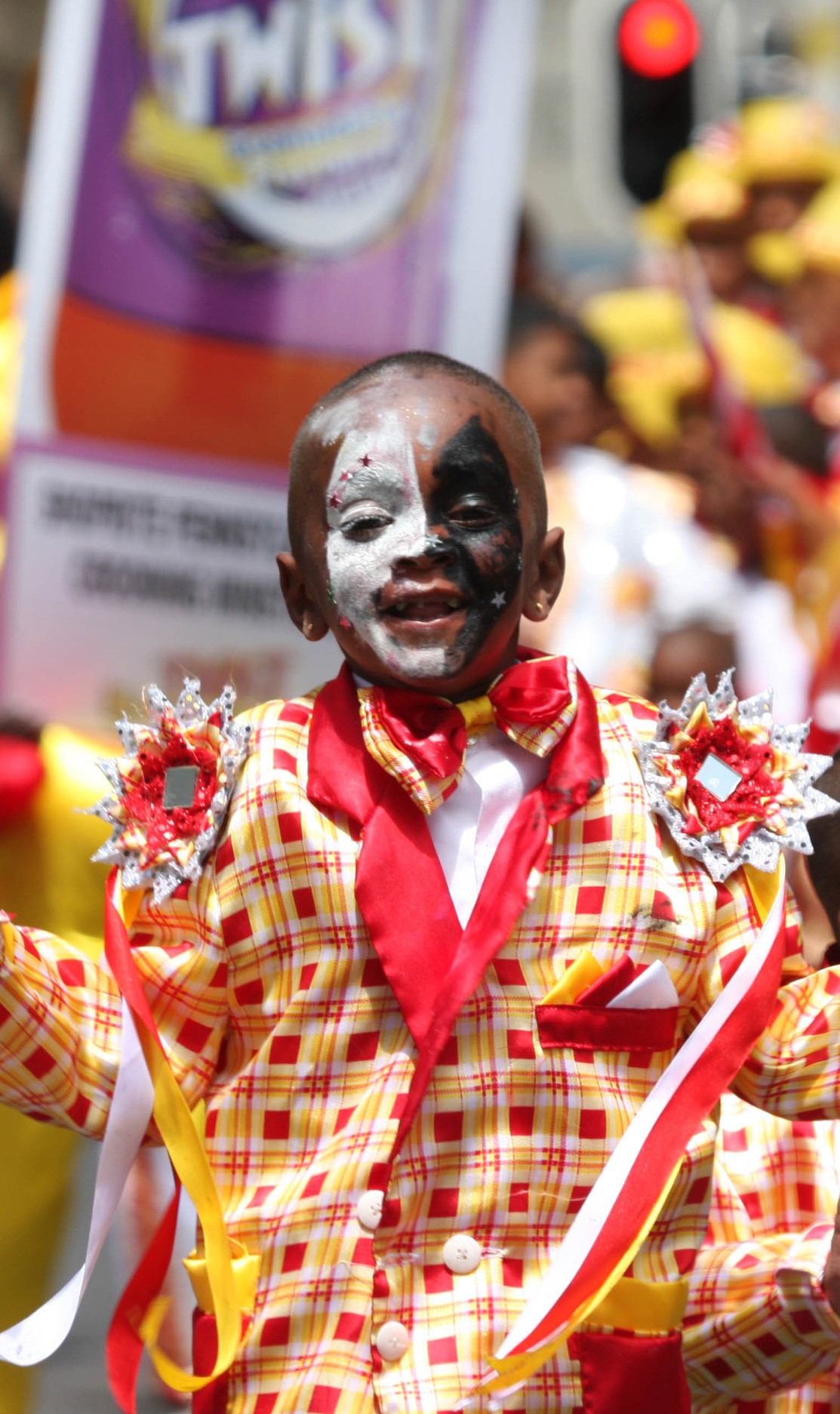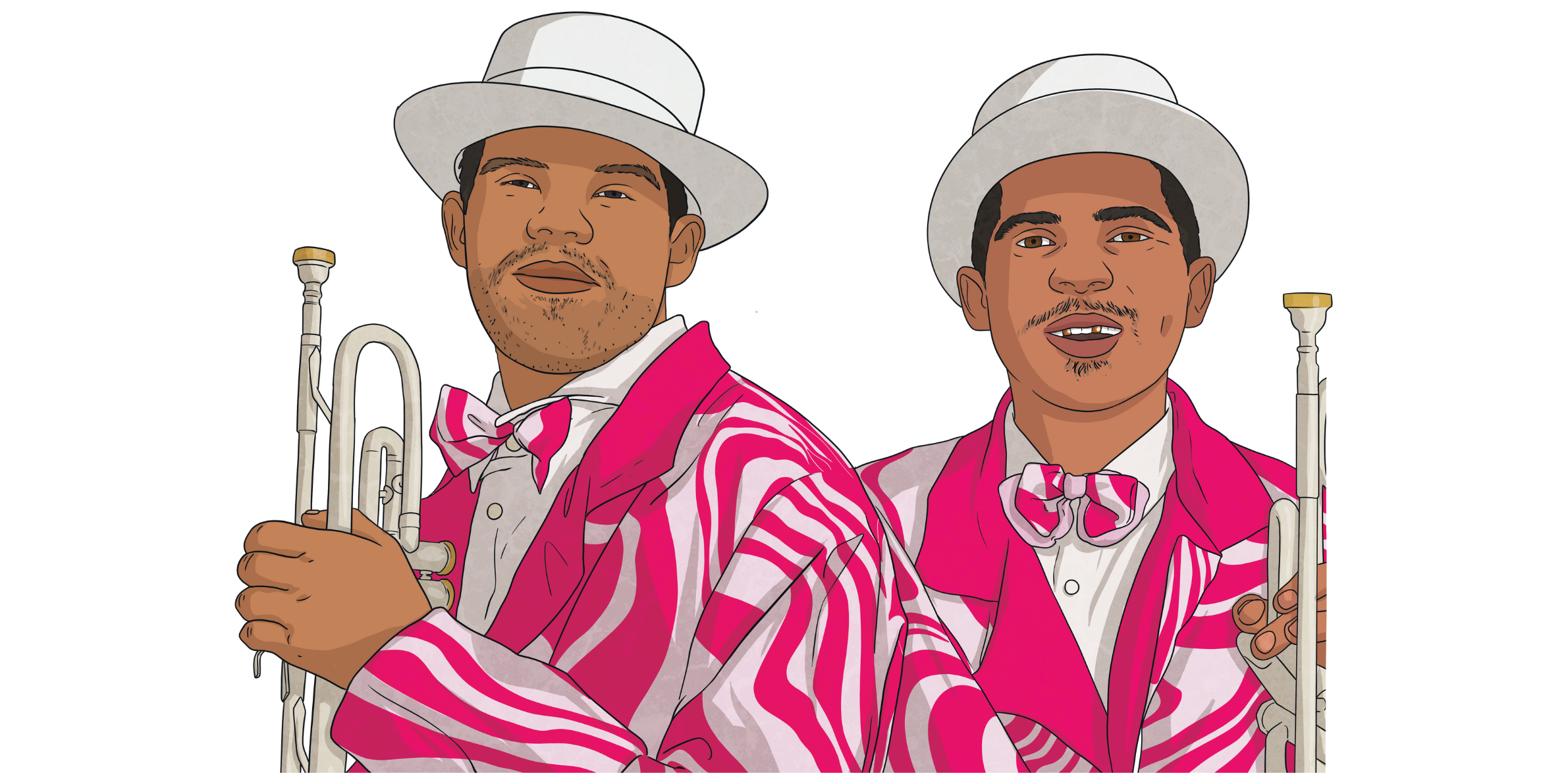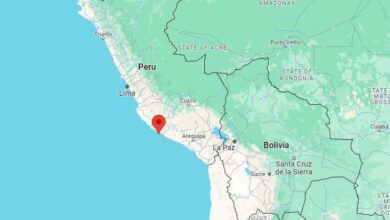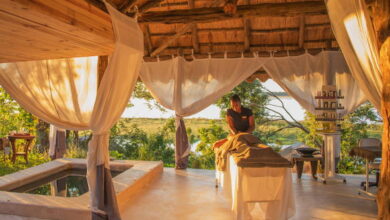The Cape Town Minstrel Carnival: Cape Town’s Oldest Festival

You walk through the streets of the Bo-Kaap. The houses, colourful on their own, somehow seem less vibrant today against the colourful outfits and face paint on those around you.
The smell of spices fills the air. You can’t help but tap your feet along with the Ghoema drums. Everyone is singing along while a Cape Malay choir’s music fills the air. It must be the Kaapse Klopse!
Cape Town is colourful, vibrant, and culture-rich any day of the year. The Cape Town Minstrel Carnival, also known as the Kaapse Klopse, takes this to a whole new level!
You can expect to see people in bright coloured face paint, colourful umbrellas and extravagant outfits walking through the streets of one of South Africa’s capitals to celebrate this incredible festival every year.
When is the Cape Town Minstrel Carnival?
Cape Town Minstrel Carnival is also called Second New Year and takes place on the 2nd of January every year. You’ll find young and old dressed up, singing and dancing through the streets of Cape Town, from Bo-Kaap to Zonnebloem. The troupes (groups of performers) that take part are made up of minstrels (performers).

Also Read: Things to do in Cape Town, South Africa
A brief history of the Cape Town Minstrel Carnival
The Cape Town Minstrel Carnival, or Kaapse Klopse as it is also known locally, was started by the Cape Malay community in Cape Town. The festival started in the mid-19th century when slavery was still legal. The Dutch settlers celebrated the new year on the 1st of January and gave the slaves the 2nd of January off to celebrate the new year in their own way. Once slavery was abolished, the festival remained, becoming a celebration of freedom.
The minstrels were heavily influenced by American minstrels, putting a local Cape Town twist on the eccentric clothing and songs of American minstrels that visited the Cape in 1862. With time, choirs, bands, minstrels and more even took part in competitions during the festival. The make-up, costumes, music, dances and more is very competitive, meaning that everyone brings their A-game, and it is always a wonderful sight to see!
Today, the Cape Town Minstrel Carnival is one of the oldest festivals in South Africa, bringing together different cultures for a massive celebration. It is an important part of the culture in Cape Town. While the festival predominantly focuses on the Cape Malay heritage and culture, everyone is welcome to enjoy it and get swept up in the festivities.

Also Read: The Orange River in Africa’ The Longest River in South Africa
Cape Town Minstrel Carnival Traditions
The first tradition that we mentioned is the day on which it is held, which is the second of January. This has been the case for over 100 years!
The troupes that take part in the carnival usually have official colours that they wear, and the minstrels would wear hats and suits showing their troupe’s colours. The troupes are different sizes, but some have up to a thousand performers. The minstrels in the troupes are different ages. Kids as young as three years old take part! The performers can be seen wearing bright colours, with both their clothes and their faces being extravagantly decorated.
Layers of face paint are applied to the faces of minstrels, ensuring that despite all of the dancing and the African sun, the paint stays on. They start off by applying white paint to make the colours pop, followed by colourful paint and finer details. Many of the minstrels will also have some glitter on their faces that make them sparkle in the bright Cape Town sun.
Many designers and costume makers take part in making the costumes for the troupes. The outfits change every year, but you’ll be sure to see bright colours and many unique outfits every year. As the clothing can be expensive, many designers focus on upcycling and sourcing local materials to make the costumes.
The music that is played during the Cape Town Minstrel Carnival is another part of the festival that is filled with vibrant tradition. Ghoema music is commonly associated with the festival. While Ghoema music is a genre in itself, Ghoema music gets its name from a barrel-shaped drum called a Ghoema. The drum is usually made from a small wine barrel with one end covered by an animal skin.

Along with the Ghoema drums, the musicians make use of banjos, trombones, guitars, and more instruments that they carry with them and play in the parade. The lively music is always sure to hype up the crowd to dance and sing along with the troupes, allowing the spectators to feel as part of the festival as the minstrels.
Dance routines are choreographed to the traditional Ghoema music. The dancers are positioned in front of the marching bands that parade around the town.
The food that can be found at the carnival also represents the rich culture that is expressed though the festival. The smell of spices fill the air as the vendors prepare dhaltjies, koeksisters and many more traditional Cape Malay favourites. You can try traditional Cape Malay dishes such as samoosas, curries and stews while enjoying the music and joyful atmosphere.

Who can attend the Cape Town Minstrel Carnival?
Anyone is welcome to watch the festivities, and they do! The city centre of Cape Town is packed during the Cape Town Minstrel Carnival. The city of Cape Town welcomes thousands of people every year who gather to watch the parade. The festival is also free to attend, making it accessible for all who’d like to get swept up in the colourful wave of Cape Town’s culture!
Locals as well as tourists from all over the world gather to experience the one-of-a-kind festivities. The structured competition takes place at the Athlone Stadium and has an entrance fee. The competitions judge best dressed troupes, choirs and much more. While you don’t have to attend the competitions to enjoy the Cape Town Minstrel Carnival, the troupes put in a lot of effort to win the competitions, so it’s well worth it if you are able to attend.
Within the complex and diverse cultural heritage of South Africa, events like the Cape Town Minstrel Carnival are embraced and celebrated. Celebrating the unity and resilience of the people of South Africa is clearly not a new occurrence, and the 100 years of Kaapse Klopse show, in vibrant colours, the pride and strength of the communities in Cape Town.
About the Author
Lisa van Blerk is the Content Executive for Twinkl South Africa. Before joining Twinkl she studied law and worked as a candidate attorney. She loves dogs, good books, and a warm cup of Rooibos tea.
Beta feature
Beta feature
Beta feature





